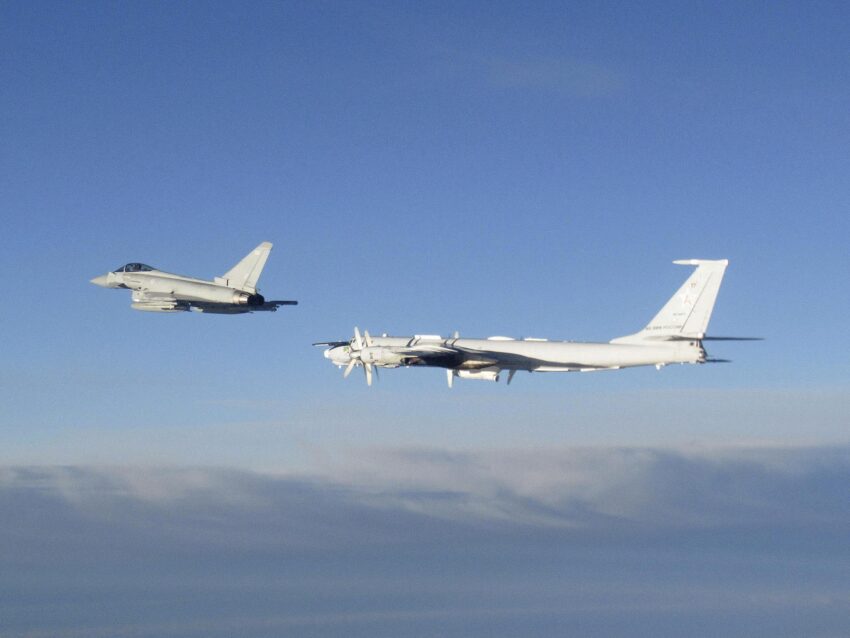RAF Typhoons Intercept Russian Aircraft Near Baltic Sea
A pair of Royal Air Force (RAF) Typhoon jets, stationed at Malbork Air Base in northern Poland, have had a busy few days, intercepting multiple Russian aircraft near the Baltic Sea on three separate occasions. The RAF confirmed that the intercepts began when the Typhoons were scrambled to identify an Ilyushin Il-20M surveillance plane, accompanied by two Sukhoi Su-30MKI jets that had taken off from the Kaliningrad region.
On their final scramble, the Typhoons were tasked with shadowing yet another Il-20M as it entered NATO airspace. This operation is part of ongoing efforts by the 140 Expeditionary Air Wing (EAW) and its Number II Squadron, which have initiated Quick Reaction Alerts under NATO’s enhanced Air Policing framework.
Ensuring Airspace Safety
“Once intercepted, we shadowed the aircraft to protect civilian air traffic in the immediate area,” stated a spokesperson from the EAW. This proactive measure underscores the commitment of the UK and its NATO allies to uphold airspace security across the region.
The RAF’s policing mission is set to be conducted alongside Sweden, which recently joined the NATO alliance. The Baltic Sea is bordered by eight NATO member states, including Estonia, Germany, and Lithuania, further highlighting the importance of collaboration in safeguarding their shared airspace.
Previous Interceptions and Regional Tensions
This series of intercepts follows a pattern of heightened military activity in the region. Just last December, two F-35 jets from the Royal Netherlands Air Force were deployed to escort three Russian military aircraft after they neglected to identify themselves during radio communications with Dutch forces.
Additionally, in May of last year, Polish forces intercepted another Il-20 aircraft, only three days after it was escorted away by two F-16 fighters from the 31st Tactical Air Base in Krzesiny, demonstrating the ongoing vigilance of NATO air forces in the face of Russian military maneuvers.
NATO’s Baltic Sentry Initiative
In January, NATO further solidified its defensive posture with the launch of the Baltic Sentry initiative, aimed at enhancing the military presence of the alliance in the Baltic Sea region. This initiative is expected to integrate diverse assets, including frigates, maritime patrol aircraft, and even naval drones.
These developments reflect NATO’s dedication to ensuring the security of critical infrastructure and maintaining peace in a strategically vital area, particularly in light of recent escalations in Russian activity.






